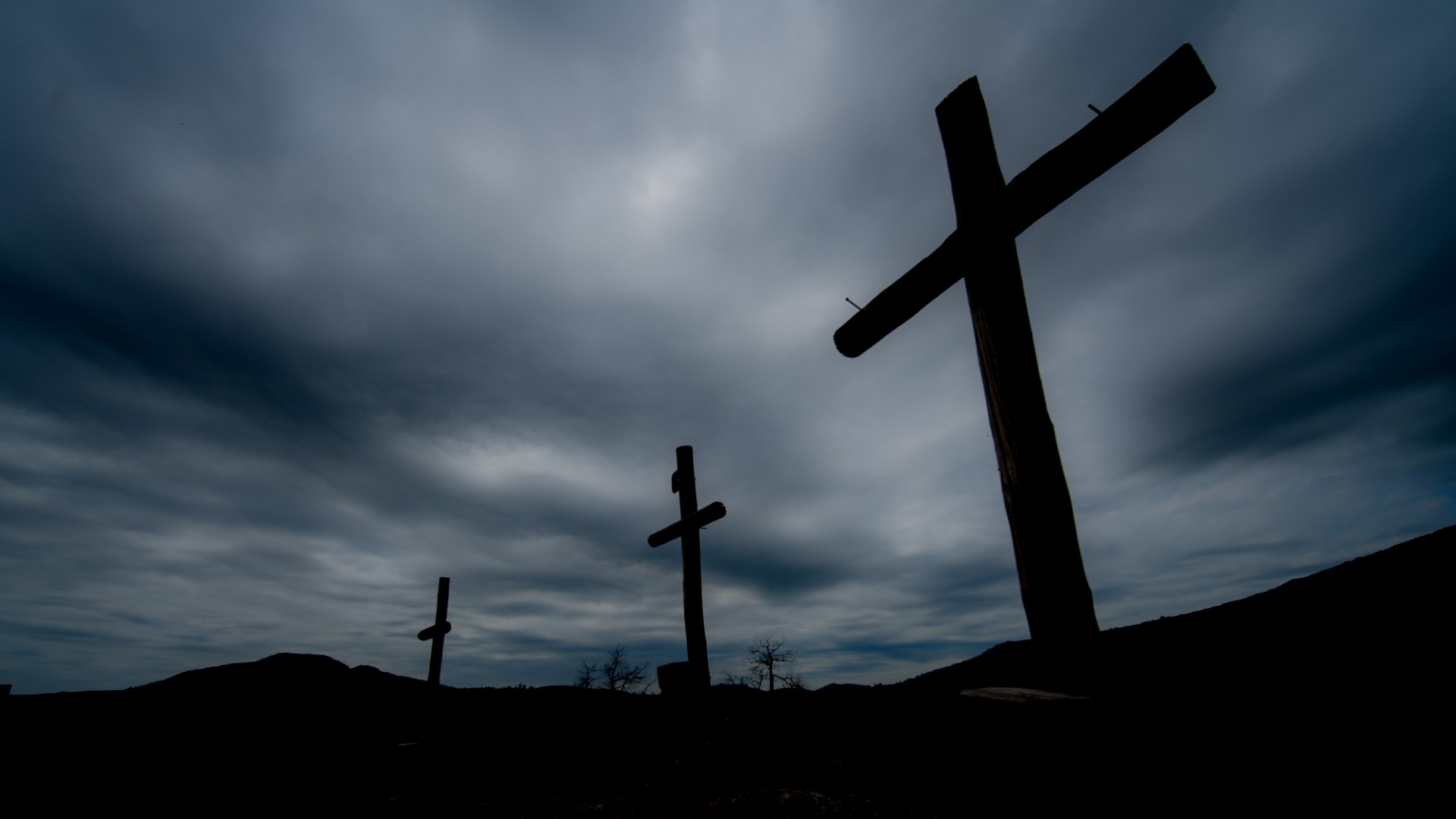Religions are like puzzles that represent, when pieced together, a picture of reality. These pictures are not all basically the same because the puzzle pieces are different for each religion.
It’s easy to think of all religions being basically the same if you don’t know much about all religions. If you just know very little, you might think they all teach if you’re good you go to Heaven, if you’re bad you go to Hell. That is actually false because when you look at the major religions of the world, it’s only the monotheistic world religions, like Christianity, Judaism, and Islam who have a notion of Heaven and Hell, and not all proponents of those religions believe in both those things. When studying religions, the point is not to focus on the things that are similar because it’s the differences that really matter.
I understand the impulse, but I don’t understand the durability of this approach to religion after thoughtful reflection. I understand the impulse of people to survey all religions, and since everybody thinks they’re right, and religions seem to all attempt to do the same kind of thing, to think that maybe it turns out that everybody’s on to a little bit of the right idea. If we could find the similarities of them all then we’d know the truth that’s in all religions. Some pluralists like John Hick have tried to go in that direction.
The problem is that if you take each individual religion seriously on its own terms, they really aren’t making the same claim. They don’t have a similarity that can be the nugget of truth in all of them because there is nothing that is taught in all religions. To each religious system, the details do matter for those who are serious adherents of it. When I hear people say that all religions are basically the same, I have a Columbo question I ask. It’s a variation of the first Columbo question: “What do you mean by that?” The question is, “Really? In what way are they all basically the same?” I want them to enumerate the basic similarities.
You can say that all Christian denominations are basically the same, if what you mean is they hold to a basic core of doctrine that represents the bones of Christianity. That’s what holds all Christian denominations under the broad rubric “Christian.” But those denominations are part of one religion, Christianity. When it comes to different religions, there simply are no similarities that are represented in all of them.
A student made this claim, that all religions are basically the same, at University of California, Irvine, when I lectured on campus. I remember turning around to the board behind me and drawing two small circles, and then asking the young lady, who had made this comment, if the circles, in her mind, were basically the same. They were about tablet size. And she looked at the circles. She said, “Yeah, those are basically the same.” And then labeled one “aspirin,” and I labeled the other “arsenic.” Then I asked her the same question: “Now do you think they’re both basically the same?” And she said, “No.” I said, “The point is, it’s the differences that matter. Saying that all religions are basically the same is like saying that aspirin and arsenic are basically the same because they both can come in tablet form. It’s the differences that matter.”
Mike Horton makes the comment in his book Christless Christianity that what’s missing in people’s knowledge of Christianity is any detail about the person and work of Christ, who is Jesus. To believe that Jesus is God is not enough because God is a very generic term. To have any substantive understanding of what “Jesus is God” means requires understanding how that ties in with the work of Christ, and why the work of Christ was even necessary.
This is one reason that I’m starting to write a new book this summer that I’m entitling Credo, which means “I believe.” And the subtitle of the book is something like A Story of Reality, or some have suggested maybe it should be The Story of Reality. Christianity teaches a worldview, and I’m pretty convinced that most Christians don’t know that worldview. They have some pieces, but they don’t know how it all fits together. It’s like having a puzzle box full of interlocking puzzle pieces and saying, “Now I’ve got a puzzle.” Well, you don’t have a puzzle, you have pieces. You don’t have a picture, what you have is pieces. You might have the whole puzzle there in the box, but you don’t have the puzzle picture. You get the picture by assembling the pieces in the right order.
Religions are like puzzles that represent, when pieced together, a picture of reality. These pictures are not all basically the same because the puzzle pieces are different for each religion. Now, it may be that some religions share a similar-looking piece, but the piece goes into a different picture. Monotheistic religions may all teach there is one God, but the nature of that God is very different in each religion. In the case of Christianity, God is triune, and He is not like the one God of other monotheistic religions. So even in that point of apparent similarity, there are distinctives.
What is the picture of the Christian worldview? What is the story that the Christian worldview tells?
There are just five points. So if you could get these five points, then you’ve got the five points of the Christian worldview. Now, the five points aren’t just the five points. You’ve got to know something about the points to be able to add flesh to it. But these points represent the skeleton, as it were, of the picture of reality that Christianity offers. And those five points are God, man, Jesus, the Cross, and the resurrection (the resurrection of all believers).
Then for a good story you have to have conflict. That’s what stories amount to. Then the conflict has to be resolved, and then the story ends. “They lived happily ever after.” Those are essential parts of all stories. The Christian story has those elements, as well. One might look at them in this outline: Beginning—creation, the Problem the fall, the solution redemption, and the resolution the final resurrection.
All worldviews conform to that concept of story, but they come up with different answers to the elements so they are not basically the same.
Here is the way the story goes for Christianity. There is a personal God who created everything else out of nothing. “In the beginning, God created the heavens and the earth.” He made it all. He is the king over that which He’s made. That’s what a kingdom is: a “king” and a “dom.” He created man as a unique being, different from everything else. He made man especially valuable, in that man bears God’s image in some deep and profound way. One aspect is man’s ability to make moral choices, and man used that moral freedom to rebel against his King, his Maker. That resulted in a rift in the kingdom, which made the beneficent King angry because His subjects broke His law, and those subjects came under His judgment for their crimes. So that’s the conflict.
What’s the solution? God acted to become a man Himself in Jesus to rescue man by giving Himself as a payment for the crimes man committed. By the way, that is called substitutionary or vicarious atonement, if you want the fancy theological term. God paid, in the person of Jesus, to rescue man. And those men who respond to the offer of pardon by putting their trust in the God-Man receive pardon, which they don’t deserve. And that’s an act of mercy and grace.
Finally, the resolution, the ending, isn’t “they lived happily ever after,” because all don’t. All mortal men will be raised to immortality. All of the subjects of the Kingdom, those still in rebellion and those who have asked for mercy and have made their peace with their Sovereign, all are raised again into immortality. Everyone lives forever in the Christian story. But only those who have received pardon and put their trust in the Savior will spend eternity with God, enjoying His company forever because of the pardon. Those who continue in rebellion, now immortal human beings, will be banished forever to a place of punishment, torment, and interminable isolation from God and aloneness for their crimes. And that’s the way the story ends.
What other religion is even remotely like this? None. Are all religions basically the same? No. Nothing is like the Christian story.

